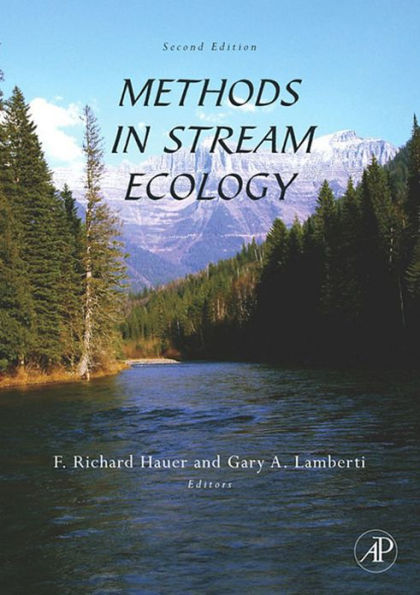Table of Contents
Section A: Physical Processes 1. Landscapes And Catchment Basins 2. Valley Segments, Stream Reaches, And Channel Units 3. Discharge Measurements And Streamflow Analysis 4. Dynamics Of Flow 5. Temperature, Light, And Oxygen 6. Hyporheic Zones
Section B: Material Storage And Transport 7. Fluvial Geomorphic Processes 8. Solute Dynamics 9. Phosphorus Limitation, Uptake, And Turnover In Stream Algae 10. Nitrogen Dynamics 11. Dissolved Organic Carbon 12. Transport And Storage Of Fpom 13. Cpom And Large Wood
Section C: Stream Biota 14. Heterotrophic Mirobes 15. Fungi: Biomass, Production And Sporulation Of Aquatic Hyphomycetes 16. Benthic Algae: Distribution And Structure 17. Biomass And Pigments Of Benthic Algae 18. Macrophytes And Bryophytes 19. Meiofauna 20. Macroinvertebrates 21. Macroinvertebrate Movements: Drift, Colonization, And Emergence 22. Fish Community Composition
Section D: Community Interactions 23. Plant - Herbivore Interactions 24. Predator-Prey Interactions 25. Trophic Relations Of Macroinvertebrates 26. Trophic Relations Of Stream Fishes 27. Stream Food Webs
Section E: Ecosystem Processes 28. Primary Productivity And Community Respiration 29. Secondary Production Of Macroinvertebrates 30. Decomposition In Stream Ecosystems 31. Riparian Processes And Interactions 32. Effects Of Nutrient Enrichment On Periphyton 33. Surface-Subsurface Interactions In Streams
Section F: Ecosystem Quality 34. Algae As Biotic Indicators Of Environmental Quality 35. Macroinvertebrates As Biotic Indicators Of Environmental Quality 36. Pollution And Toxicological Assessment



